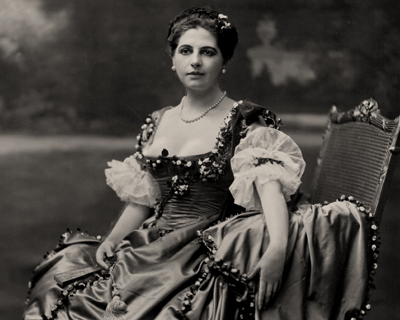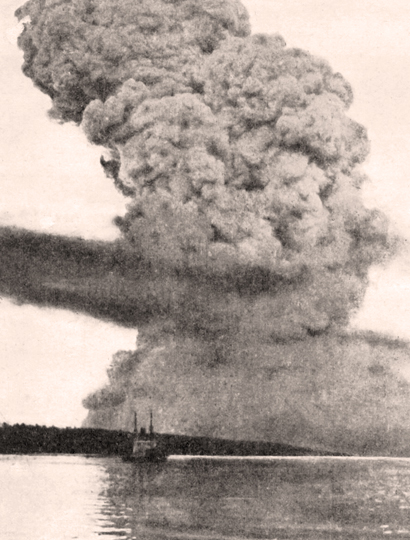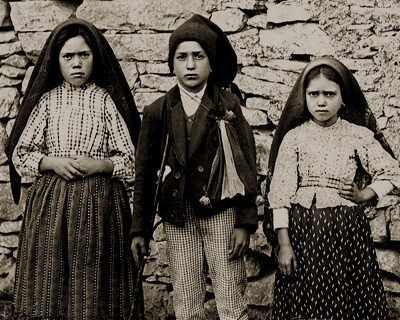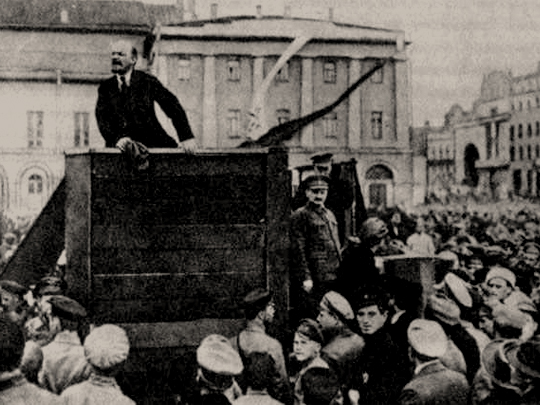Grigory Goldstein / Wikimedia Commons / CC-BY-SA-3.0 / GFDL
1 – Russian October Revolution
The Russian Revolution is the collective term for a pair of revolutions in Russia in 1917. The February revolution (March in the Gregorian calendar; the Julian calendar was being used in Russia) focused around Petrograd (now Saint Petersburg), the then capital of Russia.
The Russian Empire collapsed with the abdication of Emperor Nicholas II, and the old regime was replaced by a provisional government.
A period of dual power followed, during which the Provisional Government held state power while the national network of Soviets, led by socialists, had the allegiance of the lower classes and the political left.
It was a chaotic period with frequent mutinies, protests, and strikes.
When the Provisional Government chose to continue fighting the war with Germany, the Bolsheviks and other factions campaigned for stopping the conflict. The Bolsheviks turned workers militias under their control into the Red Guards (later the Red Army).
In the October Revolution (November in the Gregorian calendar), the Bolshevik party, led by Vladimir Lenin, and the workers overthrew the Provisional Government in Petrograd and established the Russian SFSR, eventually shifting the capital to Moscow in 1918.
The Bolsheviks appointed themselves as leaders of various government ministries and seized control of the countryside, establishing the Cheka to quash dissent.
Civil war erupted among the ‘Reds’ (Bolsheviks), the ‘Whites’ (anti-socialist factions), and non-Bolshevik socialists. It continued for several years, during which the Bolsheviks defeated both the Whites and all rival socialists.
This, ultimately, paved the way for the creation of the Union of Soviet Socialist Republics (USSR) in 1922.
2 – Dutch Dancer Mata Hari is Convicted and Executed as a German Spy

Margaretha Geertruida “Margreet” MacLeod better known by the stage name Mata Hari, was a Dutch exotic dancer and courtesan who was convicted of being a spy and executed by firing squad in France under charges of espionage for Germany during World War I.
On 13 February 1917, she was arrested in her room at the Hotel Elysée Palace on the Champs Elysées in Paris.
Mata Hari was put on trial on 24 July, accused of spying for Germany, and consequently causing the deaths of at least 50,000 soldiers.
Although the French and British intelligence suspected her of spying for Germany, neither could produce definite evidence against her.
Supposedly secret ink was found in her room, which was incriminating evidence in that period. She contended that it was part of her makeup.
3 – The Halifax Explosion

The Halifax Explosion was a maritime disaster in Halifax, Nova Scotia, Canada, which happened on the morning of 6 December 1917.
The Norwegian vessel SS Imo collided with SS Mont-Blanc, a French cargo ship laden with high explosives, in a strait connecting the upper Halifax Harbour to Bedford Basin, causing a large explosion on the French freighter, devastating the Richmond district of Halifax.
It is estimated around 2,000 people were killed by the blast, fires or collapsed buildings, and another 9,000 were injured.
At the time, it was the largest man-made explosion, releasing the equivalent energy of roughly 2.9 kilotons of TNT.
The Mont-Blanc was under orders from the French government to carry the cargo from New York City via Halifax to Bordeaux, France. The Imo, meanwhile, had been chartered by the Commission for Relief in Belgium to pick up a cargo of relief supplies in New York.
The collision caused a fire on the Mont-Blanc, causing an explosion shortly after. Nearly all structures within an 800-meter radius were destroyed.
The resulting pressure wave snapped trees, bent iron rails, demolished buildings, and saw the Imo washed ashore by the ensuing tsunami.
Across the harbor, in Dartmouth, the tsunami wiped out the community of the indigenous Mi’kmaq First Nation who had lived in the area for generations.
An initial judicial inquiry found Mont-Blanc to have been responsible for the disaster, but a later appeal determined that both vessels were to blame.
4 – Vision of Virgin Mary Appeared to Children of Fatima

This is a Roman Catholic miracle based on the apparitions of the ‘Blessed Virgin Mary’ reported to have been experienced in 1917 by three shepherd children at Fátima, Portugal.
The three children were Lúcia dos Santos (later known as Sister Lúcia of Fátima) and her cousins Jacinta and Francisco Marto.
Pope Pius XII granted a Canonical Coronation to the venerated image enshrined at the Chapel of the Apparitions on 13 May 1946.
The reported apparitions at Fátima were officially declared worthy of belief by the Catholic Church, which commemorates the event on the same date.
The events at Fátima gained fame due partly to elements of the secrets and prophecy, particularly with regard to the Second World War and possibly more global wars in the future.
Chief among these is also the alleged urgent need for the Consecration of Russia to the Immaculate Heart of Mary.
5 – The U.S. purchases Danish West Indies for $25M
The Treaty of the Danish West Indies, which saw the two islands purchased by the USA for $25m in gold, was ratified and proclaimed on March 31, 1917.
The formal transfer of the islands took place only five days before the United States declared war on Germany in World War I.
There was little reaction to the sale in Denmark, who had always seen the West Indies as an investment despite controlling them for more than two centuries.
They now form the Virgin Islands, an unincorporated territory of the USA.









